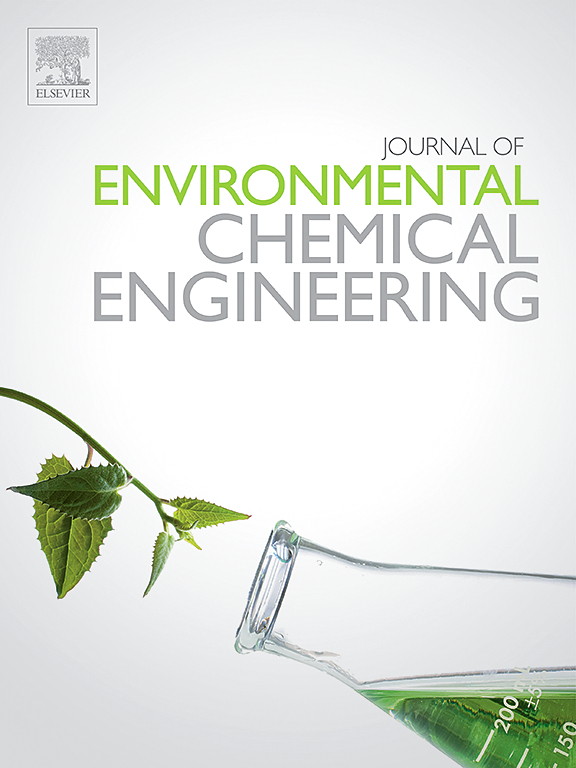The ecotoxicology of microplastics and nano-plastics research on Daphnia_Current status and future directions
IF 7.4
2区 工程技术
Q1 ENGINEERING, CHEMICAL
引用次数: 0
Abstract
In recent years, the pollution of plastics particles to the environment has become increasingly serious, especially the pollution of the water environment, which also makes micro- and nanoplastics become a hot topic of research. Pelagic filter-feeders, which link primary producers to higher trophic levels, are often used as animal models in water environment studies. Studies on the exposure of micro- and nanoplastics to Daphnia have been increasing year by year. This review conducted systematic statistics on 139 relevant articles, and found that the toxicity of micro- and nanoplastics to Daphnia is closely related to its type, shape, particle size and concentration, and is also related to whether Daphnia has sufficient food. However, the differences of experimental parameters in each study make it difficult to compare them with each other. In addition, the transgenerational toxicity, surface charge modification and additive leaching mechanisms of micro- and nanoplastics still need to be explored in depth. This review summarizes the limitations of current studies and suggests that future focus on environmentally relevant parameters, multifactorial dynamic exposure modeling and novel detection technologies are needed to improve the aquatic ecological risk assessment system.
水蚤在微塑料和纳米塑料中的生态毒理学研究——现状与未来方向
近年来,塑料颗粒对环境的污染日益严重,尤其是对水环境的污染,这也使得微纳米塑料成为研究的热点。在水环境研究中,中上层滤食性动物常被用作动物模型,它们将初级生产者与营养水平较高的动物联系起来。水蚤对微、纳米塑料的暴露研究逐年增多。本综述对139篇相关文献进行了系统统计,发现微塑料和纳米塑料对水蚤的毒性与其种类、形状、粒径和浓度密切相关,也与水蚤是否有充足的食物有关。然而,由于各研究中实验参数的差异,使其难以相互比较。此外,微纳米塑料的跨代毒性、表面电荷修饰和添加剂浸出机制仍需深入探讨。本文总结了现有研究的局限性,并提出未来需要关注环境相关参数、多因子动态暴露建模和新的检测技术来完善水生生态风险评估体系。
本文章由计算机程序翻译,如有差异,请以英文原文为准。
求助全文
约1分钟内获得全文
求助全文
来源期刊

Journal of Environmental Chemical Engineering
Environmental Science-Pollution
CiteScore
11.40
自引率
6.50%
发文量
2017
审稿时长
27 days
期刊介绍:
The Journal of Environmental Chemical Engineering (JECE) serves as a platform for the dissemination of original and innovative research focusing on the advancement of environmentally-friendly, sustainable technologies. JECE emphasizes the transition towards a carbon-neutral circular economy and a self-sufficient bio-based economy. Topics covered include soil, water, wastewater, and air decontamination; pollution monitoring, prevention, and control; advanced analytics, sensors, impact and risk assessment methodologies in environmental chemical engineering; resource recovery (water, nutrients, materials, energy); industrial ecology; valorization of waste streams; waste management (including e-waste); climate-water-energy-food nexus; novel materials for environmental, chemical, and energy applications; sustainability and environmental safety; water digitalization, water data science, and machine learning; process integration and intensification; recent developments in green chemistry for synthesis, catalysis, and energy; and original research on contaminants of emerging concern, persistent chemicals, and priority substances, including microplastics, nanoplastics, nanomaterials, micropollutants, antimicrobial resistance genes, and emerging pathogens (viruses, bacteria, parasites) of environmental significance.
 求助内容:
求助内容: 应助结果提醒方式:
应助结果提醒方式:


